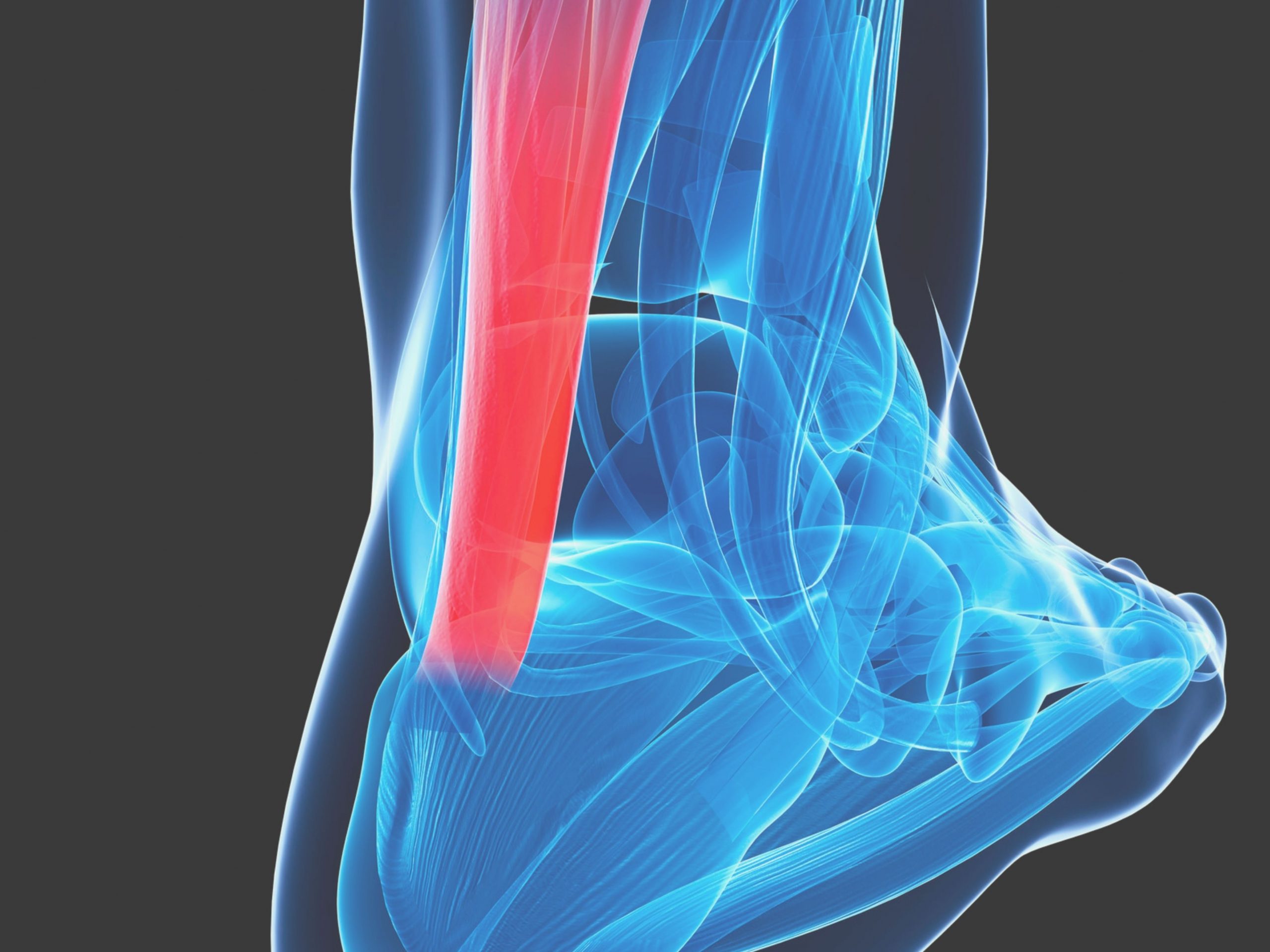Don’t ignore Achilles tendon pain
The Achilles tendon is a thick bundle of collagen that runs from the strong muscles of the calves down to the ankle bone. The Achilles tendon is long and thick and is made to work incredibly hard. Unfortunately, it has relatively poor blood supply and is therefore hard to keep supple. It can take a long time to repair if damaged.
If you start to feel pain or discomfort in this area, it is a signal that you simply mustn’t ignore. Achilles tendonitis, and other damage to the Achilles can signal the start a long lay off from training, and could significantly hamper performance in the future if not managed properly.
Here we give a quick overview of how to look after the Achilles, and suggest how to treat.
Managing the Achilles tendon
The best way to manage Achilles tendon pain is to do everything you can to minimise injury risk in the first place.
The Achilles takes a hefty load and needs time to adapt and recover when workloads are increased. The general rule of thumb for increasing workload (especially with runners) is no more than a 10% increase a week. As with so many injuries, Achilles problems are often down to overuse. Look to err on the side of caution when increasing mileage, speed or intensity in training.
Cross-training is an often over-looked part of a training regime. Runners in particular have a tendency to pound the pavement without recourse to different modes of training. If you are involved with a high impact sport, experiment with exercises that involve less impact on the Achilles such as cycling or swimming. Think of it as a period of active recovery!
The Achilles is vulnerable to impact on hard or slippery surfaces. Look to vary the types of surfaces you train on to take some of the shock out of the Achilles. Also ensure you wear clothing that allows the Achilles to stay warm. The restricted blood flow that was mentioned earlier means that the Achilles is in danger of rupturing or tearing if it gets to cool.
Investigate the full range of stretches for the Achilles. These should include passive and active stretches as well as dynamic stretching if necessary. Always remember to include a bent knee calf stretch as well as a traditional calf stretch.
Treatment for Achilles injuries
There are some elements of treating an Achilles injury that fit in to the normal recommendations. Rest is an absolute must and icing can be used in the early stages if there is excess swelling in the area.
However, due to the fact that the Achilles is such a thick mass of collagen, stretching (even gentle stretching) can actually hamper your recovery. This is because a damaged Achilles tendon does not return to its smooth state once the healing process takes place. Excessive stretching in the early stages can be like tugging on a knotted rope and may be counter-productive.
For this reason, I’d strongly recommend regular massage to loosen tightness in the calves and to help regain proper range of motion in the ankle.
And as an advance mode of recovery look into incorporating eccentric heel drops into your rehabilitation. These can be complicated to perform properly, so invest in some expert supervision to make sure you execute them properly.
We hope this information is useful for you. If you have any questions about our treatments, please contact us. You can find us in Mill Hill Broadway and Islington. If you like this blog, please share!
We are always happy to help.



